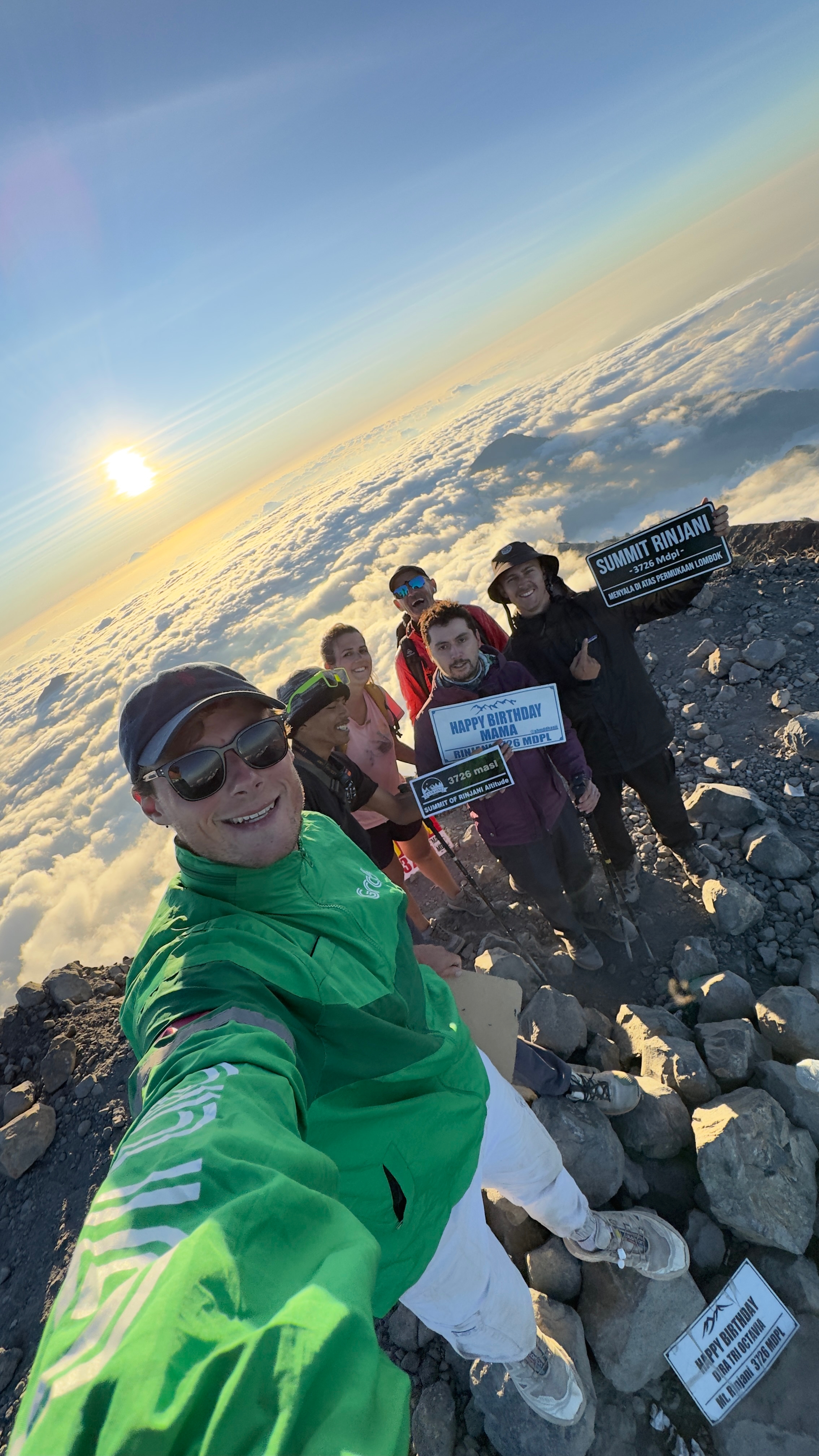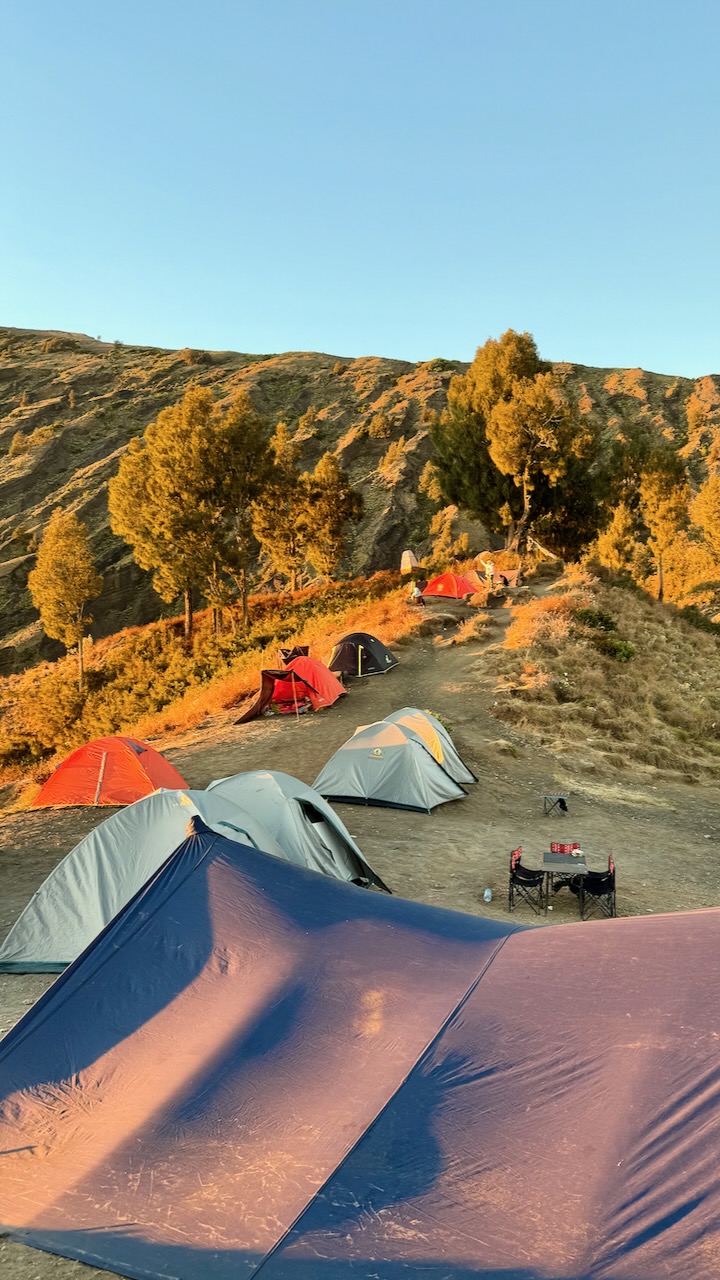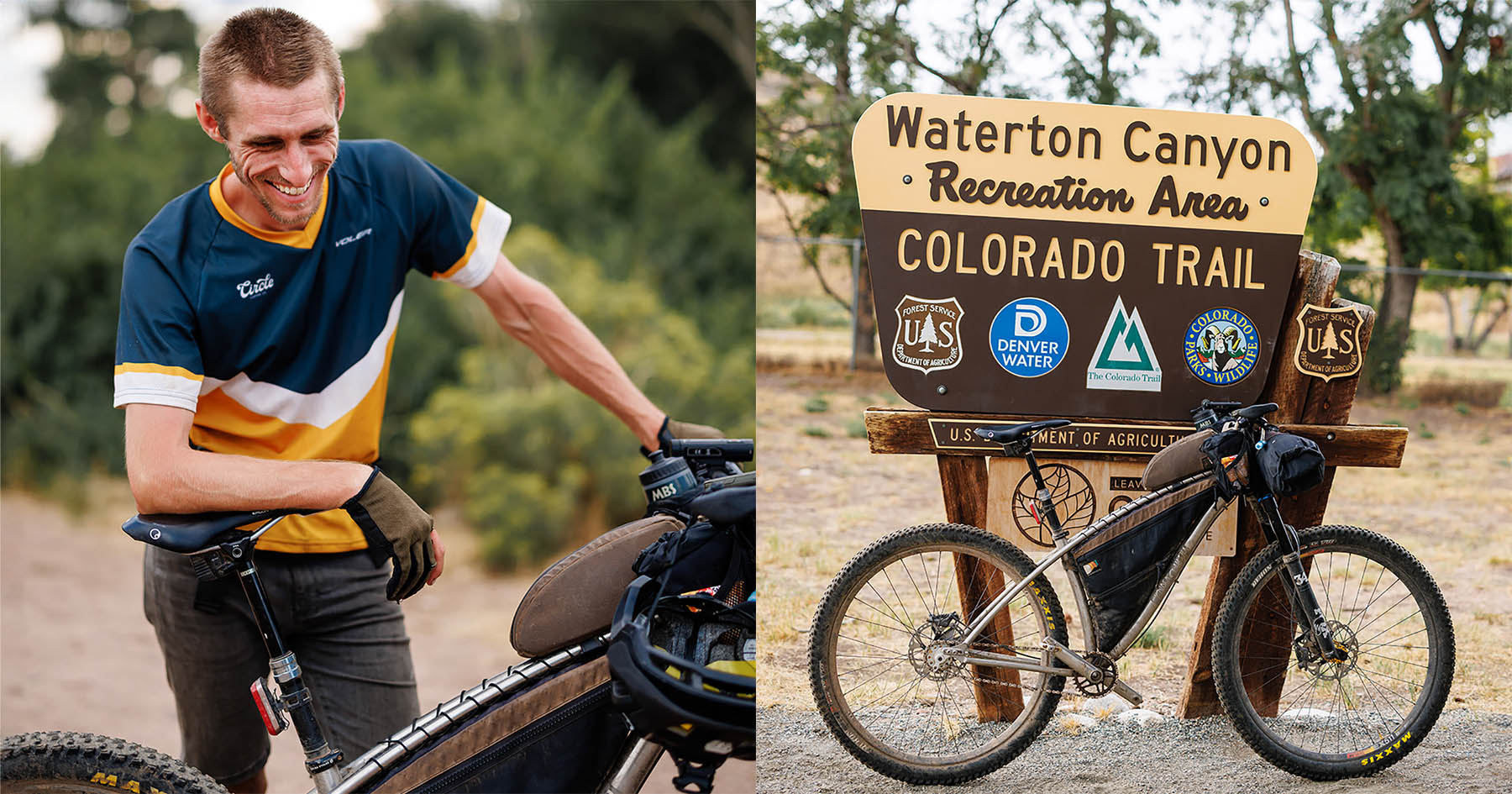PROTECT YOUR DNA WITH QUANTUM TECHNOLOGY
Orgo-Life the new way to the future Advertising by AdpathwayXRATUF’s Legacy Boots are widely worn in Alaska maritime communities, earning the moniker, “Alaskan Slippers, because so many people wear them around town.” Originally designed for Alaska’s harsh environment, XRATUFF’s Legacy Boots are a staple for commercial fishermen, deck crews, and anyone hiking the beach or on muddy inland trails. I recently took a boat, fishing, and hiking trip through Southeast Alaska and wore them nearly every day for moisture protection as well as warmth. It was not unusual to come across other people wearing the same boots on the boat or at the brewery after dinner.
The heart of the Legacy boot is its seamless, layered construction made from a latex neoprene compound. This material is not only fully waterproof but also resistant to chemicals, oils, and acids commonly found in marine and industrial settings. The triple-dipped process creates a barrier that withstands constant flexing and abrasion, which is why these boots are so durable.
 The 15” high legacy boot can be rolled down for more casual use and the lining is available in multiple patterns, not just black.
The 15” high legacy boot can be rolled down for more casual use and the lining is available in multiple patterns, not just black.Traction is a standout feature. The signature Chevron outsole is designed to channel water away and maintain contact with slick decks and docks. Unlike aggressive lug soles that can skate on smooth, wet surfaces, the fine, siped pattern grips without marking the deck. I never once slipped on the wet boat decks or docks wearing these boots.
Legacy boots include a built-in heel counter for support, a cushioned insole, and a relatively flexible shaft that moves with your ankle. The neoprene adapts to foot shape over time, reducing hotspots. I wore mine with aftermarket insoles for more arch support, which also helps take up extra interior volume since these boots are only available in whole sizes and can run a bit large.
 The unique chevron sole does not slip on slick boat decks, factory floors, or school hallways.
The unique chevron sole does not slip on slick boat decks, factory floors, or school hallways.Fit and sizing are straightforward but worth attention. Legacy boots come in unisex sizing with half sizes, but you’re often advised to size down, especially if you won’t wear thick socks. Heights range from 6-inch ankle styles to 15-inch knee boots, with insulated versions (often using polymeric foam or felt liners) for cold weather. Non-insulated models breathe better in warmer climates and dry faster.
 Hiking in the mud – No Problem
Hiking in the mud – No ProblemCare is simple: rinse off salt and grime, let them air dry away from direct heat, and occasionally wipe with a rubber conditioner to keep the material supple. Avoid sharp cuts and solvents; while the boots resist many chemicals, prolonged exposure can still degrade the compound.
 XTRATUF Legacy boots are also available in shorter sizes and many colors
XTRATUF Legacy boots are also available in shorter sizes and many colorsRecommendation
For buyers deciding between XTRATUF Legacy boots and modern alternatives, the choice often comes down to proven durability and wet deck grip versus lighter, sneaker-like comfort. Legacy boots are heavier than some EVA or foam-based options, but they deliver dependable protection and traction that professionals trust. Whether you’re hauling pots, pressure-washing docks, or slogging through the rain, XTRATUF Legacy boots offer a rugged, waterproof solution built for serious work and play.
SectionHiker never accepts payment for gear reviews or editorial coverage. When you buy through affiliate links on our site, we may earn a small commission at no extra cost to you. Help us continue to test and write unsponsored and independent gear reviews, hiking and backpacking FAQs, and free hiking guides.



















 English (US) ·
English (US) ·  French (CA) ·
French (CA) ·